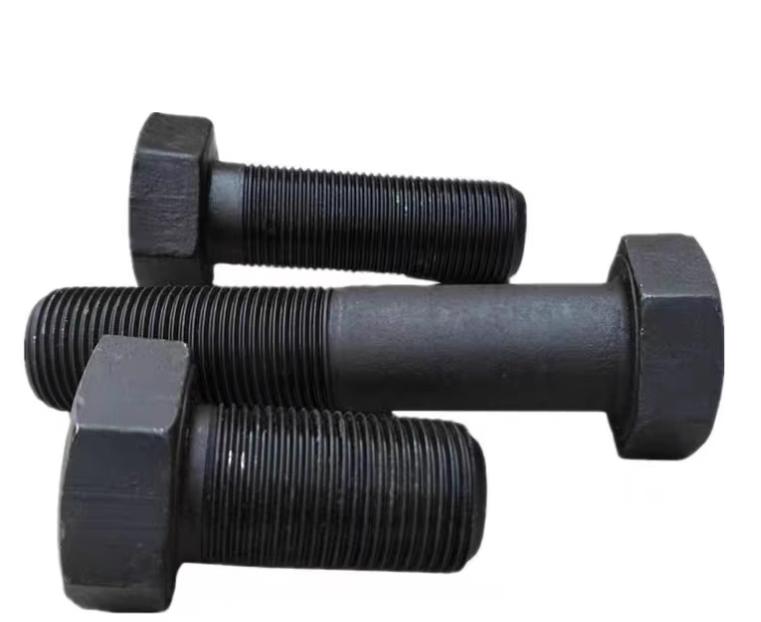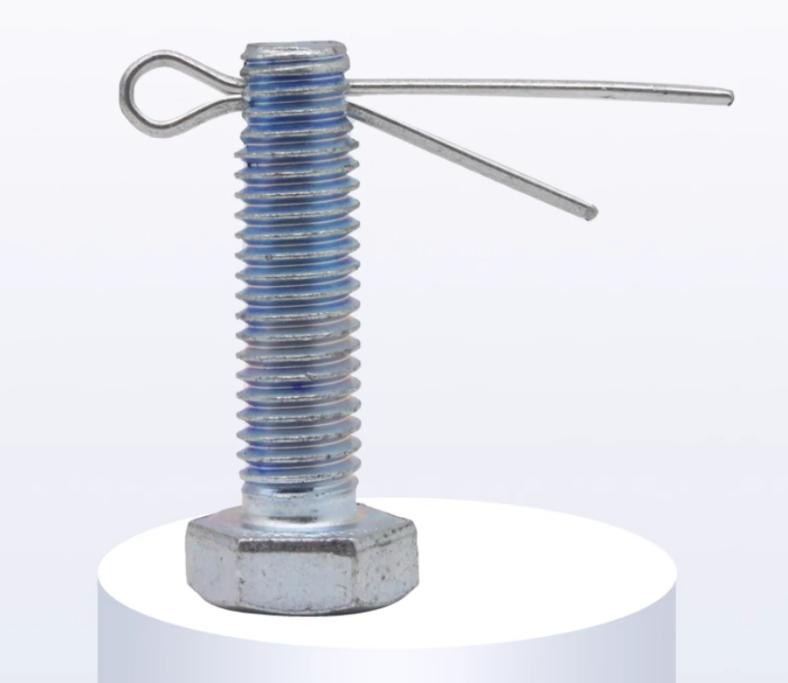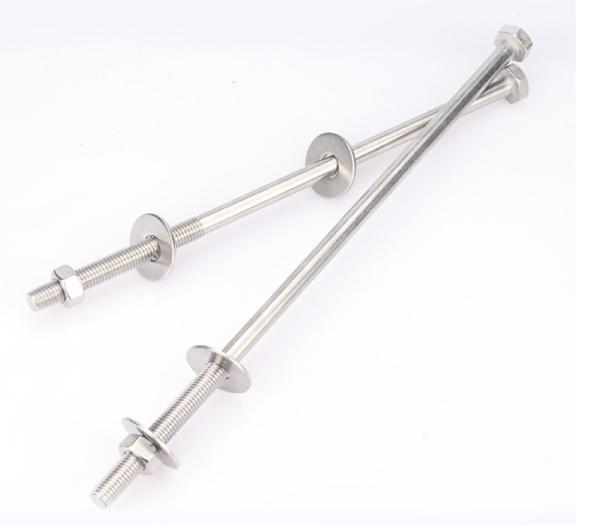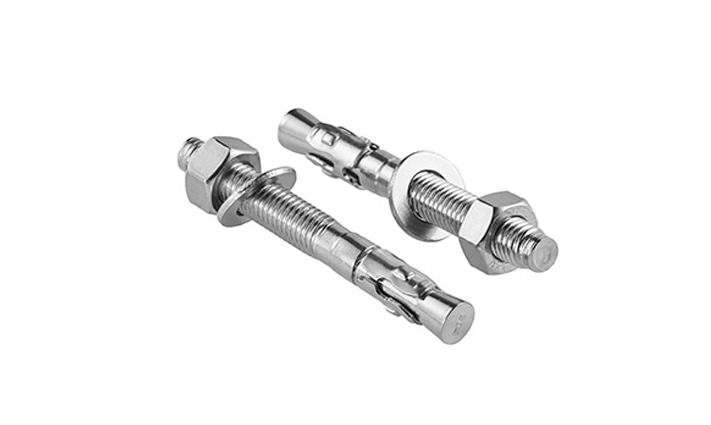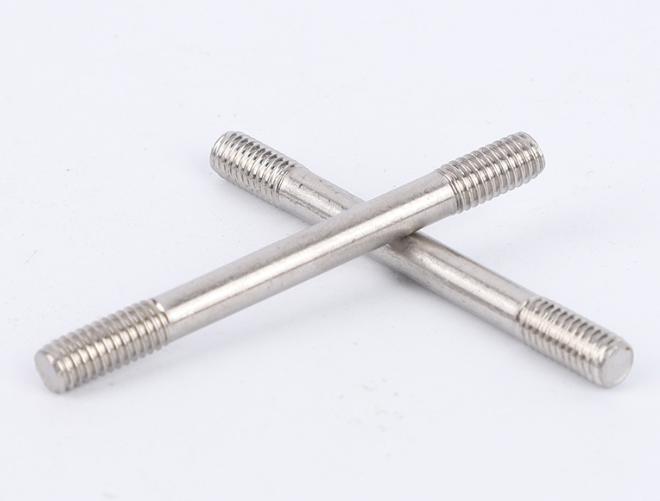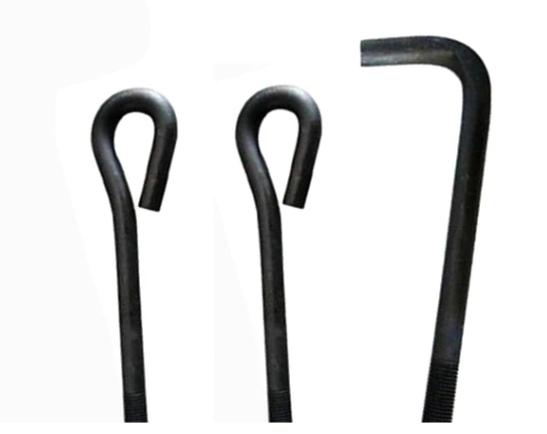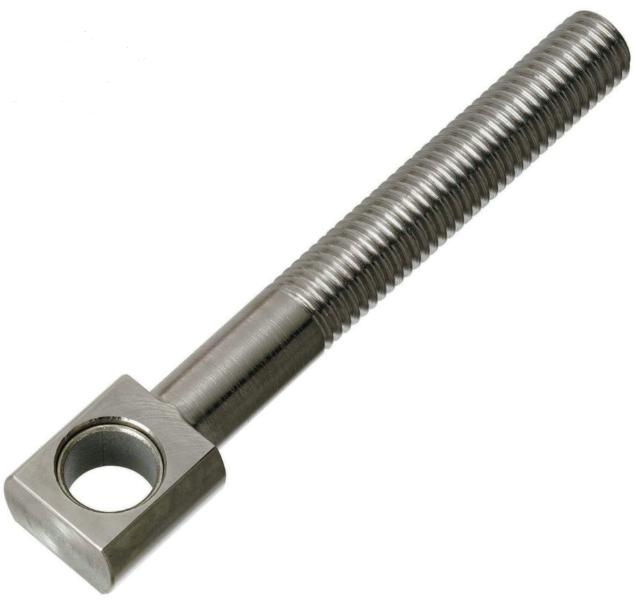Bolt Grades: What the Numbers Mean, What are Different Materials and How to Choose
Bolts are an essential component in various industries, from construction to manufacturing, providing the structural integrity required for countless applications. However, not all bolts are created equal; they come in different grades, each designed to withstand specific levels of stress and tension. Understanding bolt grades is crucial to ensuring the safety and efficiency of any project. In this article, we will delve into the world of bolt grades, exploring the different types, and materials, and how to choose the right grade for your needs.
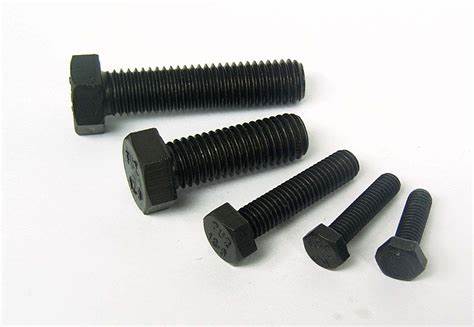
What is the Bolt Grade?
The bolt grade is a measure of the tensile strength of a bolt. Tensile strength is the maximum amount of pulling force a material can withstand before it breaks. The higher the tensile strength, the stronger the bolt.
There are two main grading systems for bolts: the SAE system and the metric system.
SAE system: The SAE system is used in the United States and Canada. The most common SAE bolt grades are 2, 5, 8, and 10.
- Grade 2: The weakest grade. It is typically used for light-duty applications.
- Grade 5: A medium-strength grade. It is commonly used in construction and automotive applications.
- Grade 8: A high-strength grade. It is used in applications where high strength is required, such as bridges and heavy machinery.
- Grade 10: The strongest grade. It is used in the most demanding applications, such as aircraft and nuclear power plants.
Metric system: The metric system is used in most other countries. The most common metric bolt grades are 5.8, 8.8, 10.9, and 12.9.
- 5.8: A medium-strength grade. It is similar to SAE grade 5.
- 8.8: A high-strength grade. It is similar to SAE grade 8.
- 10.9: A very high-strength grade. It is similar to SAE grade 10.
- 12.9: The strongest metric bolt grade. It is used in the most demanding applications, such as bridges and heavy machinery.
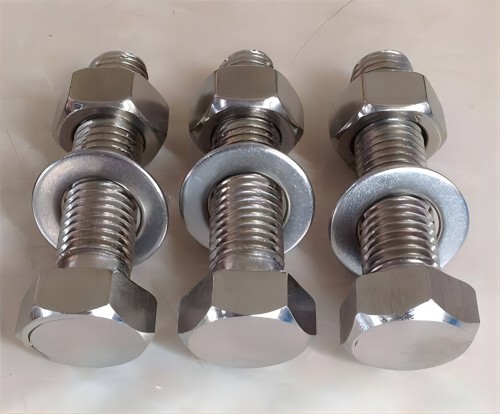
What the Numbers of Bolt Grades Stand for
The number of grades of bolts depends on the grading system used. In the SAE system, there are 10 grades, from 1 to 10. The higher the grade, the stronger the bolt. In the metric system, there are 4 grades, from 4.8 to 12.9. The higher the grade, the stronger the bolt.
Here is a table showing the different grades of bolts in the SAE and metric systems, along with their tensile strengths:
| SAE Grade | Tensile Strength (ksi) | Metric Grade | Tensile Strength (MPa) |
| 1 | 55 | 4.8 | 241 |
| 2 | 60 | 5.8 | 290 |
| 5 | 70 | 8.8 | 400 |
| 8 | 80 | 9.8 | 430 |
| 10 | 100 | 10.9 | 485 |
| 12 | 120 | 12.9 | 572 |
What are the Different Materials for Different Bolt Grades
The materials used for bolts can vary depending on the grade. In general, higher-grade bolts are made from stronger materials, such as alloy steel or stainless steel. Lower-grade bolts are made from weaker materials, such as carbon steel.
Here is a table showing the most common materials used for bolts in each grade:
| SAE Grade | Material | Metric Grade | Material |
| 1 | Carbon steel | 4.8 | Carbon steel |
| 2 | Carbon steel | 5.8 | Carbon steel |
| 5 | Carbon steel | 8.8 | Medium carbon steel |
| 8 | Medium carbon steel | 9.8 | Medium carbon steel |
| 10 | Medium carbon steel | 10.9 | High-strength low-alloy steel |
| 12 | High-strength low-alloy steel | 12.9 | High-strength low-alloy steel |
It is important to note that not all bolts of the same grade are made from the same material. The exact material used may vary depending on the manufacturer and the intended application.
How to Choose the Right Bolt Grades
The right bolt grade for a particular application depends on a number of factors, including the load that the bolt will be subjected to, the environment in which the bolt will be used, and the cost of the bolt.
In general, it is always best to use a bolt with a higher grade than is strictly necessary. This will ensure that the bolt is strong enough to withstand the load and will not fail prematurely.
Here are some tips for choosing the right bolt grade:
- Consider the load that the bolt will be subjected to. The higher the load, the stronger the bolt grade that you need.
- Consider the environment in which the bolt will be used. If the bolt will be exposed to moisture or chemicals, you need to choose a bolt that is made from a corrosion-resistant material.
- Consider the cost of the bolt. Higher-grade bolts are more expensive, but they are also stronger and more durable.
If you are unsure about which bolt grade to use, it is always best to consult with a qualified engineer or contractor.
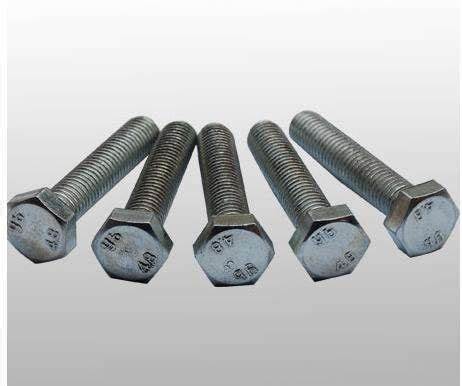
Summary
Bolt grades stand as the cornerstone of project success, safety, and longevity across diverse industries. These standardized classifications are a compass for selecting bolts based on their tensile strength, guiding engineers and builders toward the right hardware for each application. Spanning from Grade 2 bolts for lighter duties to Grade 12 bolts engineered for the extreme, the array of bolt grades available ensures an ideal match for every project. Armed with comprehension of materials, attributes, and selection criteria tied to different bolt grades, professionals are empowered to make enlightened choices that bolster the robustness and dependability of structures and equipment.

